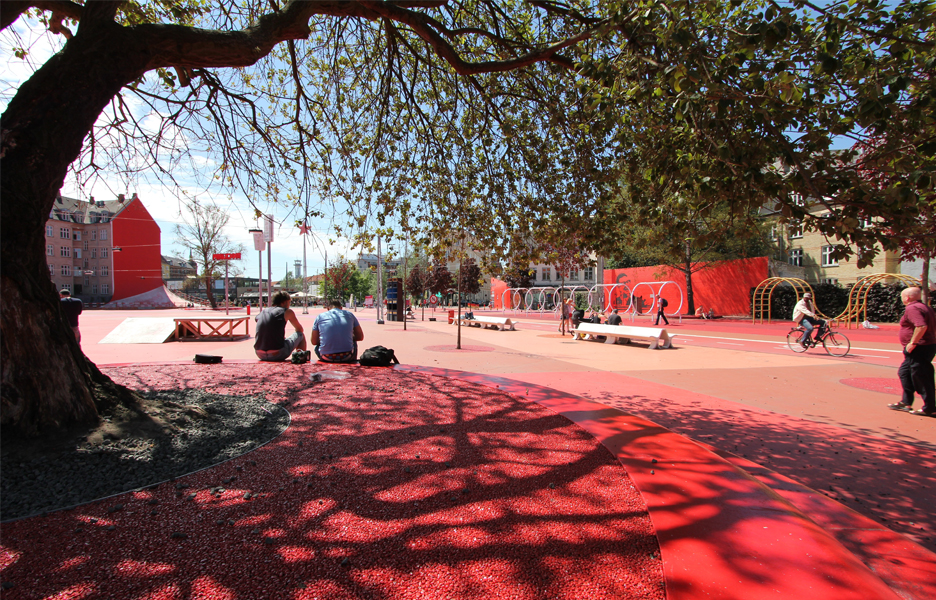
Cities need policy, not just charity
Cities need policy, not just charity
Share
Above image: Studio Olafur Eliasson; Your Rainbow Panorama, Aarhus, Denmark
Text and images: Sara Anne Best
Putting people first. It’s a simple, irrefutable ground for any government policy. (Aspirational even, when compared to ‘Free reign for wealthy developers’ or ‘Risk mitigation at all costs’, which could equally be the axiom of Australia’s unspoken architectural charter.) It is the obvious choice for a country that has a long established tradition of welfare and prides itself on being the most liveable. The promulgation of good cities is essential when tourism and trade leverage this commodity.
But the clincher of Denmark’s architectural policy is not that it ‘outlines the importance of architecture to social and cultural development, wealth creation and community wellbeing’, as the Australian Institute of Architects (AIA) has suggested our future policy might define; or focus on construction industry productivity like the Australian Construction Industry Forum (ACIF) has suggested. In fact the clincher is that it acknowledges architecture’s value creation and contribution to growth and employment. It covers the vast scope of architectural contribution to the country’s economy, from social and cultural development to: behavioural regulation; sustainable development; innovation in interdisciplinary technologies; and construction industry productivity. It proffers economic benefits that Australian policy makers might even respond to.
Where their policy would credit resources for contributing to economic growth, which provides a high quality of life, the premise of the Danish policy is that high quality architecture contributes to a high quality of life, which in turn contributes to economic growth. It is an inversion illustrative of the country’s oppositional value system no doubt, but one that warrants serious consideration – even for an overtly capitalist nation.
Importantly, the policy recognises that in order to maximise this growth, the public need to be introduced to ‘architecture’s creative method’. Initiatives focused on the dissemination of architecture will enable the public to ‘participate in discussions and decisions about the built environment in a qualified way’. These range from teaching efforts in elementary and secondary schools, to conferences on children and architecture and interdisciplinary summer school’s for the construction industry’s young students. Education on the value of architecture would also benefit politicians and local councillors and this is a key initiative of the Danish policy, as well as ‘new concepts for citizen involvement’. The municipalities are encouraged to engage in meaningful and timely dialogue with the (now informed) public, assessing ‘goals and content rather than appearance’.
Denmark’s first national architecture policy was introduced in 2007 and the 2014 revision upholds the government’s partnership with the Danish Architecture Centre (DAC), Denmark’s national centre for the development and dissemination of knowledge about architecture, building and urban development. The recently launched Foundation for Australian Architecture likewise seeks to ‘make architecture accessible to a more informed public’, as well as promoting innovation and technical excellence in the industry.
The prospect that this new body might share the success of its Danish counterpart, the DAC, is exciting. On an application basis, its funding base relies on the generosity of patrons, trusts, possible government grants and support from the corporate sector. By contrast, the DAC has the benefit of funding by public-private partnership and is supported by a clear government policy that describes as: ‘Architecture is for people. It sets the framework for our lives… and solves basic human needs.’ It is a great oversight of our government to leave such an important part of the nation’s well being to charity, particularly at a time when economic difficulty is coinciding with a boom in residential construction.

















